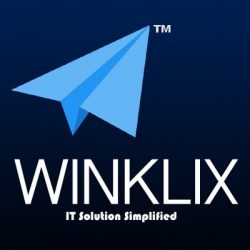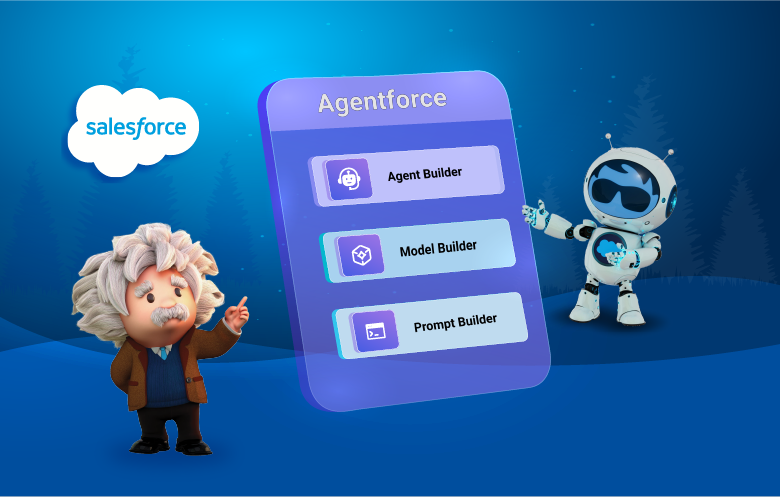Salesforce, the world’s leading Customer Relationship Management (CRM) platform, has been a game-changer for businesses across industries. As we move into 2025, Salesforce is poised to become an even bigger force in digital transformation, redefining how companies interact with customers, manage data, and optimize operations.
Why Salesforce Is Set to Dominate in 2025
1. AI-Powered Innovation with Einstein 1
Salesforce has made significant advancements in artificial intelligence (AI), particularly with Einstein 1, its AI-driven platform that enhances automation, predictive analytics, and customer insights. Businesses can leverage AI-powered chatbots, automated lead scoring, and intelligent sales forecasting to enhance customer engagement and streamline operations.
2. Hyper-Personalization with Data Cloud
Salesforce Data Cloud allows businesses to unify customer data across multiple touchpoints, providing a 360-degree view of customer interactions. In 2025, companies will increasingly use this feature to personalize marketing campaigns, optimize sales strategies, and improve customer support.
3. Increased Focus on Industry-Specific Solutions
Salesforce has developed tailored solutions for industries such as healthcare, finance, manufacturing, and retail. In 2025, expect more industry-specific innovations, helping businesses meet regulatory requirements and improve efficiency with pre-built workflows and automation.
4. Seamless Integration with Mulesoft
With Mulesoft, businesses can integrate Salesforce with other enterprise applications seamlessly. As companies continue their digital transformation, Mulesoft will be crucial in ensuring smooth data flow between different systems, improving productivity and decision-making.
5. Enhanced Collaboration with Slack Integration
After acquiring Slack, Salesforce has enhanced team collaboration and workflow automation. In 2025, businesses will leverage deeper Slack-Salesforce integrations to improve communication, manage projects efficiently, and enhance cross-functional collaboration.
6. Growth of Low-Code and No-Code Development
With Salesforce’s low-code and no-code capabilities, businesses can develop custom applications without extensive coding expertise. This trend will accelerate in 2025, enabling organizations to innovate faster and improve operational efficiency.
7. Sustainability and Ethical AI
Salesforce has emphasized sustainability and ethical AI practices. With increased global attention on ESG (Environmental, Social, and Governance) factors, businesses will rely on Salesforce to track carbon emissions, ensure responsible AI usage, and improve corporate social responsibility efforts.
Conclusion
Salesforce is revolutionizing the way businesses operate, and 2025 will be a pivotal year for its adoption. With advancements in AI, data-driven personalization, seamless integrations, and industry-specific solutions, Salesforce is set to become the backbone of digital transformation for enterprises worldwide. Businesses that embrace Salesforce’s capabilities now will gain a competitive edge and be better equipped to meet the challenges of the future.
Are you ready to leverage Salesforce Consultant in New York for your business in 2025? Contact us today to explore how it can transform your operations and drive growth!




